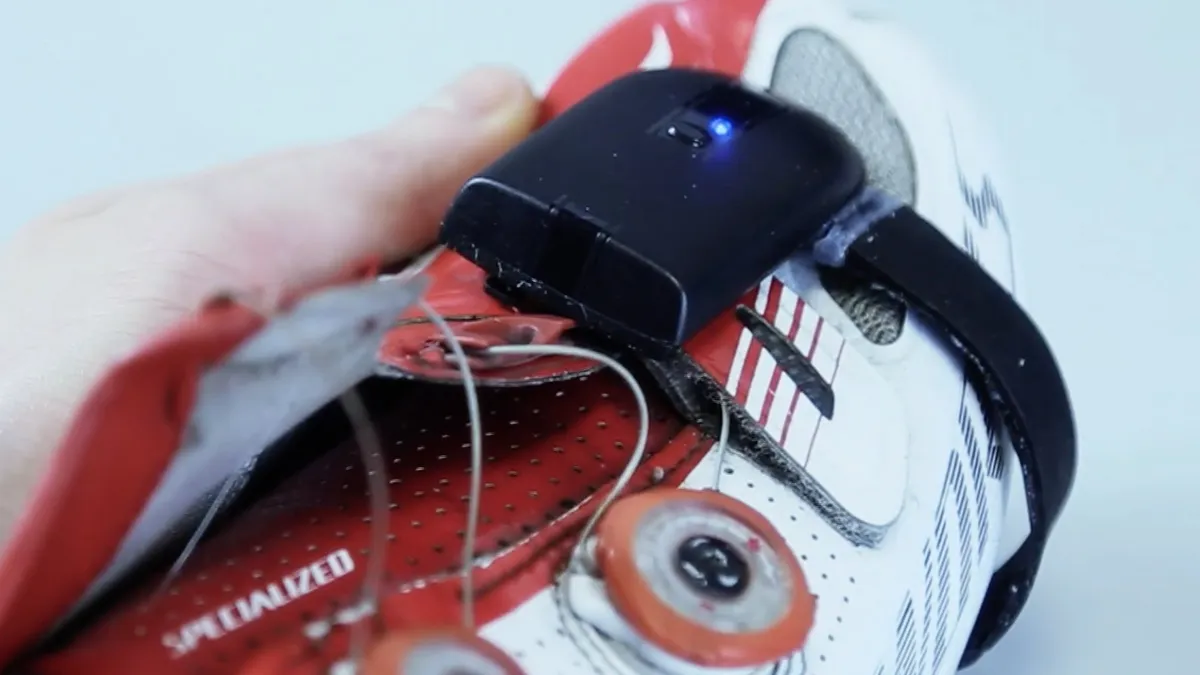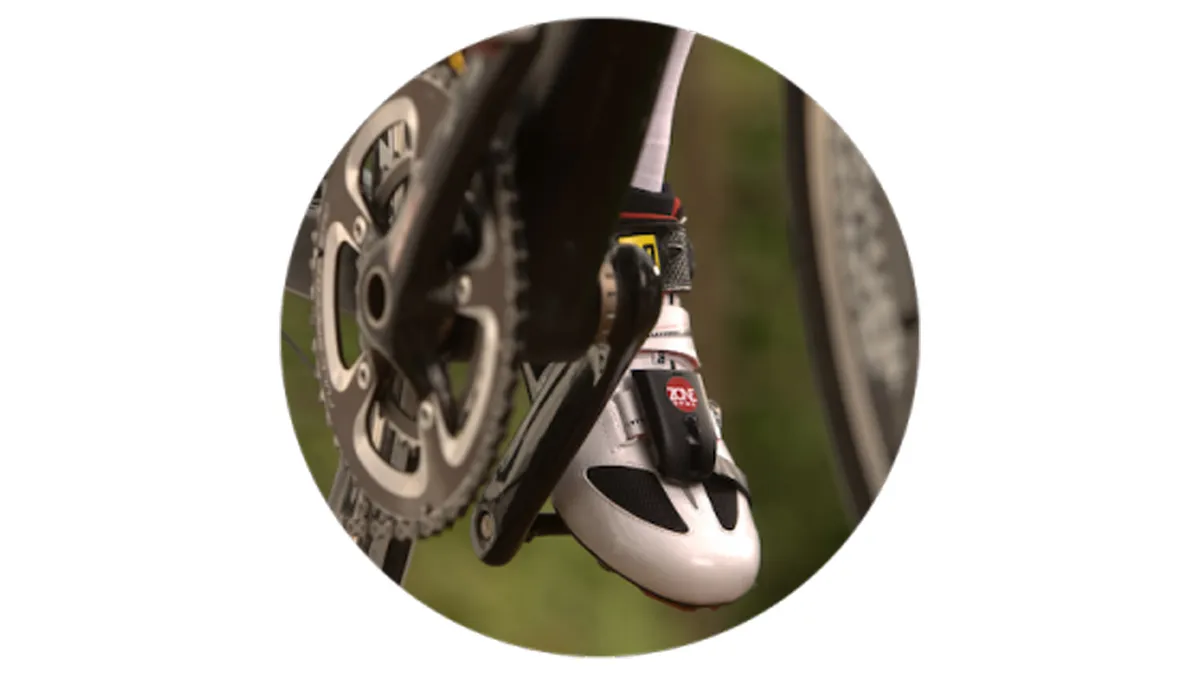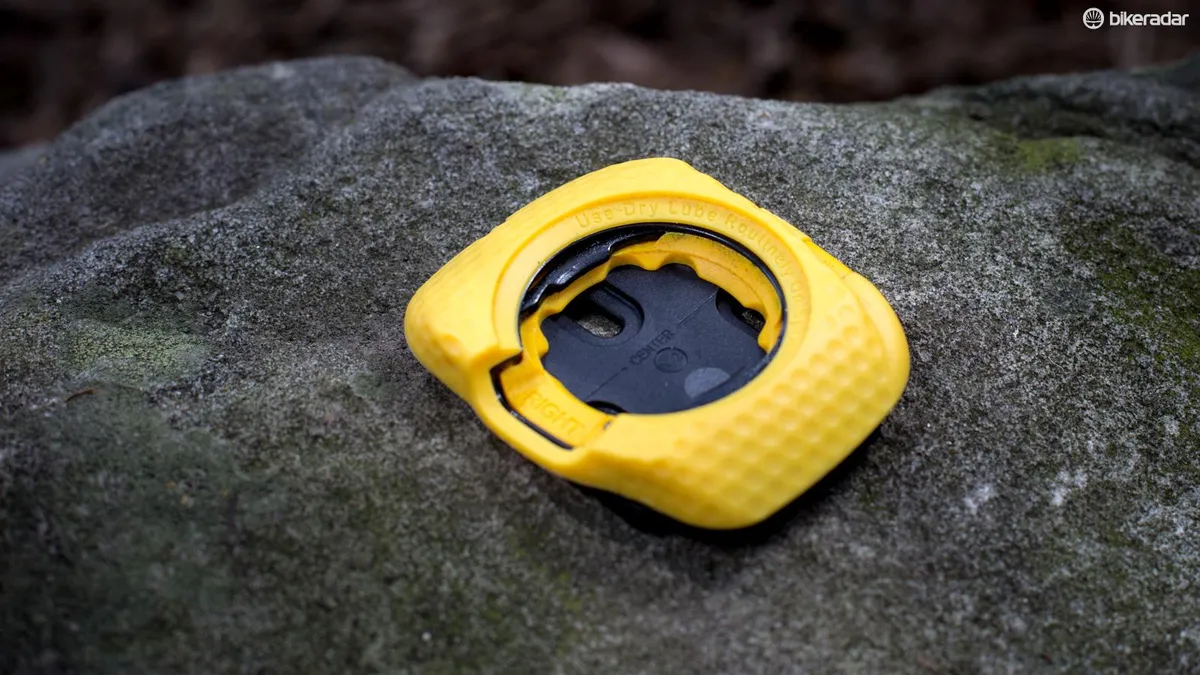Bad news from Dublin based start-up Brim Brothers — it has run out of time and money developing its Zone DPMX shoe power, and can't refund its backers either.
- Best power meters for cycling
- Bend in the Road: Picking the best power meter
- Is this the world's cheapest power meter?
The Zone DPMX wearable power meter was previously described as being ready for delivery from May 2016, after smashing its €100,000 Kickstarter target — raising €183,133 from 292 backers. The Kickstarter page asks backers to pledge €390 for single-sided power meter, or €780 for a dual-sided power meter.
A statement has now been posted on the Brim Brothers website, called 'The End'.
The full statement from Brim Brothers runs as follows:
With great sadness I have to tell you that Brim Brothers is ceasing operations.
We have run out of time and money. The difficulties we have had with production quantities, together with variable accuracy of the finished units when in use, mean that we are unable to deliver and we don’t have the resources to continue.
Over the last couple of weeks it has become clear that putting an innovative product into manufacture has more challenges than we planned for, particularly achieving the consistent accuracy that a power meter requires. Our first production batch demonstrated that more time and investment is needed to test and re-test new production processes. This is beyond our resources, and our efforts to find new finance have not been successful.
What this means for you as a customer is that we can’t deliver your power meter, and we can’t provide a refund. For me personally this is what hurts most, and I wish there was something I could do to change it.
We attempted to create the most innovative power meter in the world, the only wearable power meter, and in doing that we probably took on bigger technical challenges than any other power meter design team. Over the last 8 years we solved so many of the challenges, and created new technologies, but we have fallen short at the last hurdle. We very nearly made it.
To our customers, our employees, and the many people who have supported us in so many ways I say thank you, and I’m sorry we couldn’t deliver.
Barry Redmond
CEO, Brim Brothers
barry.redmond@brimbrothers.com
Our original story posted on 12 February 2016 runs below:
Following years of teasing a shoe-based power meter, Brim Brothers has announced that its Zone DPMX is ready for production with delivery expected in May. There are two versions on offer, a dual-leg and a left-only.
The Brim Brothers Zone DPMX is set to be the first wearable power meter to market. Spanish shoe company ‘Luck’ did previously reveal its in-built shoe power meter, but has not yet released it for sale.
Said to work with any three-bolt road shoe and Speedplay Zero pedal, the Zone DPMX works by placing a force plate in place of the usual Speedplay three- to four-hole cleat adaptor plate. This measuring plate is linked to a sensor/ANT+ transmitter on top of the shoe.
While it can currently be pre-ordered even cheaper through KickStarter, the Zone DPMX Dual is set to retail at a competitive €880 (Approx $995 / £690 / AU$1,400). The left-only version costs exactly half that (€440), which should make it one of the cheapest options available.
Details in brief
- Weight: 44g per shoe
- Price: €880 for the dual version, €440 for left-only
- Expected availability: May 2016
- Connectivity: ANT+
- Battery type: Rechargeable Lithium Ion
- Water protection: IP67 (30mins at 1m)
- Battery life: 15 hours
- Power accuracy: 2%
- Cadence range: 25 – 180rpm
- Compatible pedal system: Speedplay Zero (not included)
- Compatible shoes: Three-bolt road (minimum one strap needed)
The key advantage to a shoe-based power meter is in its simple multiple-bike switching and guaranteed compatibility. While the Zone DPMX is currently limited to just Speedplay pedals, it does solve common issues in crank, bottom bracket and frame compatibility.
Limited to road shoes and Speedplay Zero pedals, this is certainly a product for road-based riding only. Data hungry cross and mountain bikers should most definitely be looking elsewhere.
So how do you install a shoe power meter? Brim Brothers state it’s as simple as installing cleats. The Zone’s force plate replaces the Speedplay 3-hole bolt adaptor, and then the sensor is simply attached to a strap on top of the shoe.
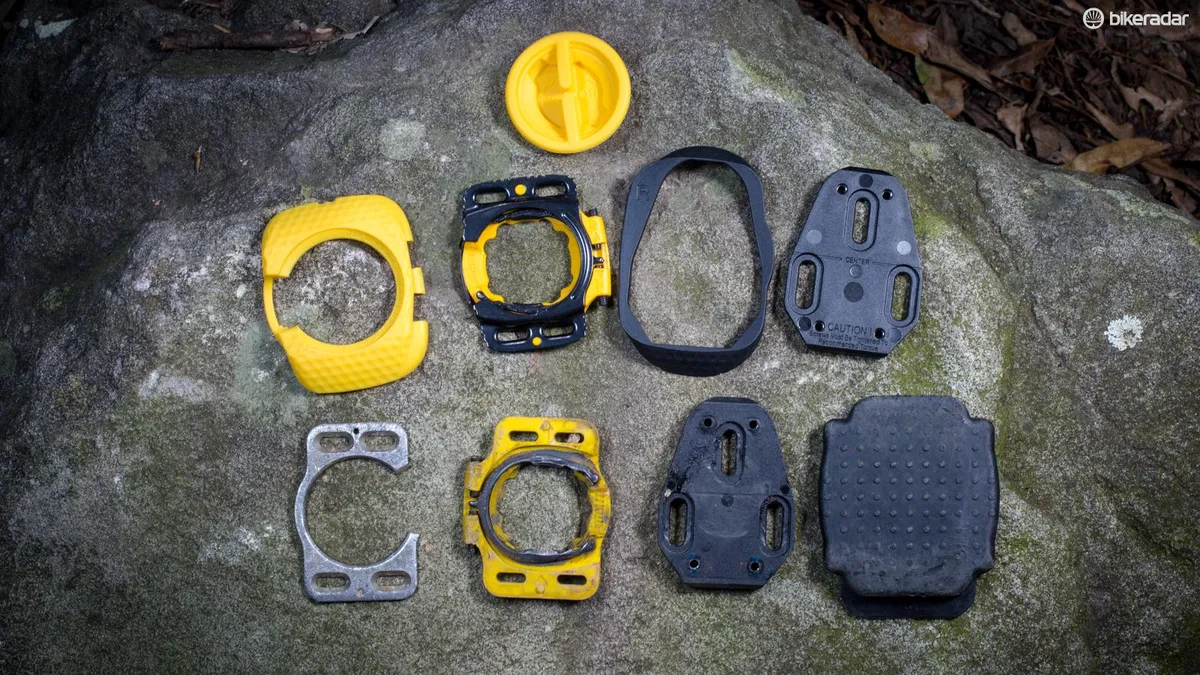
The force plate of the Zone DPMX will raise your pedal stack height by 2mm. A minimal number given the low stack height of Speedplay pedals. The left-only version will include a 2mm shim for use on the right shoe.
When used as a dual system, the two pods communicate with each other and transfer the data to a compatible ANT+ head unit that reads power and cadence (such as a Garmin Edge). Power balance is one of the key features provided in the dual system.
Without two pods present, the left foot pod simply doubles the power output. This is how other left-only power meters work, including Stages Cycling, 4iiii and Garmin Vector S.
Related reading: Left-based power trend setters
Claimed to add 44g per shoe, the Zone DPMX is not the lightest power meter available with the likes of 4iiii and Stages sitting at under 20g. Though it clearly offers simply cross-bike compatibility benefits that neither of those do.
Battery life and water resistance has plagued many other power meters in the past and the Zone DPMX appears to overcome these by using rechargeable batteries.
Battery life is quoted at a meager 15 hours in ideal conditions. While this may not suit ultra-endurance athletes, most mere mortals should have no issue in twisting off the shoe pods and putting them in the provided wall charger for less than two hours.
Excluding the Speedplay pedals and cleats, the power meter will include everything you need to get started, including the pod charger. It’ll also include a pre-set torque wrench for correctly installing the cleats.
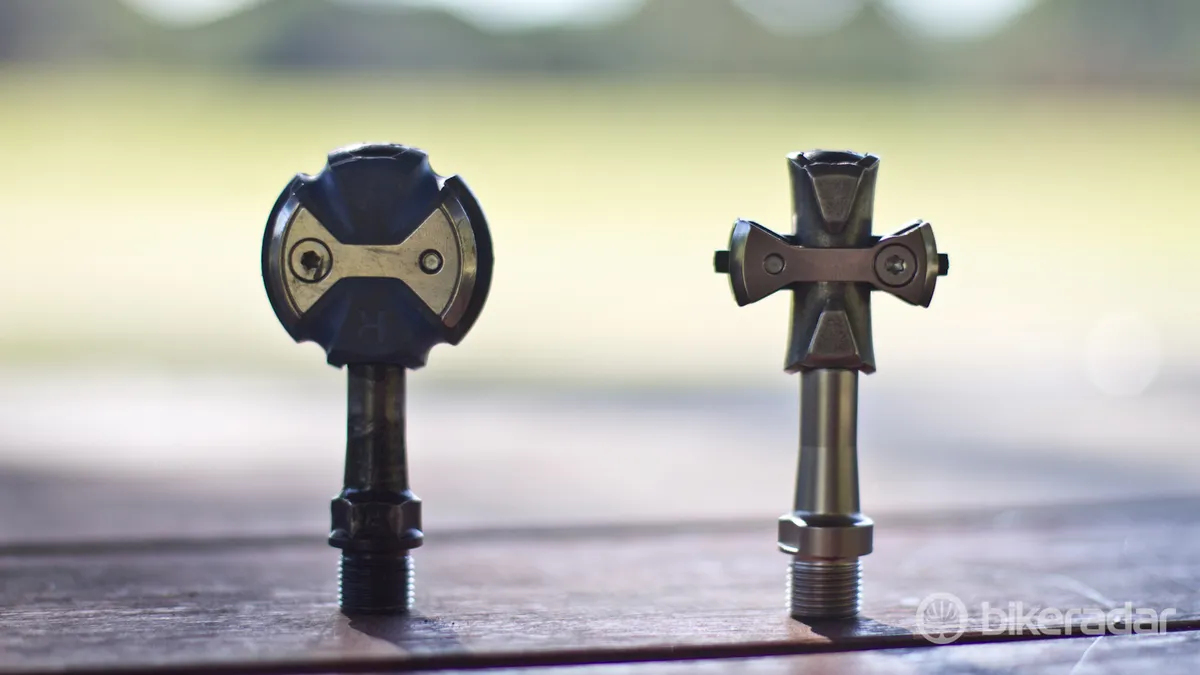
The company states that they have not completed testing with other versions or setups of Speedplay pedals and so currently cannot guarantee accuracy with Speedplay X, Light Action, Pave or Aero Walkable products. This also includes extender plates or aftermarket shims and wedges. Speedplay-specific four bolt shoes will not work with this system either.
With such a wide variety of shoes on the market, we foresee some potential fitment issues that could lead to inaccurate readings. It’s an issue some bike fitters currently experience, where some shoes provide a difficult surface for which to attach Speedplay cleats to. Speedplay themselves recently started supplying special shims to overcome such issues.
While most of us here at BikeRadar prefer Shimano or Look pedals (a few swear by Speedplay though), we look forward to testing this device for the claimed 2% accuracy in the near future.
In the meantime, check out the Zone DPMX KickStarter campaign here.

